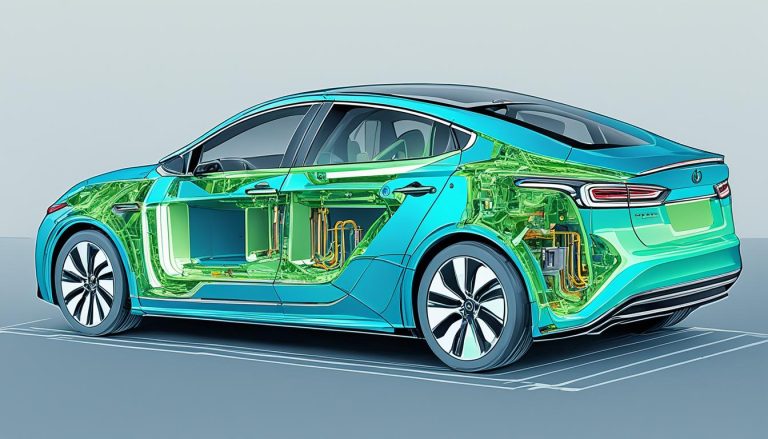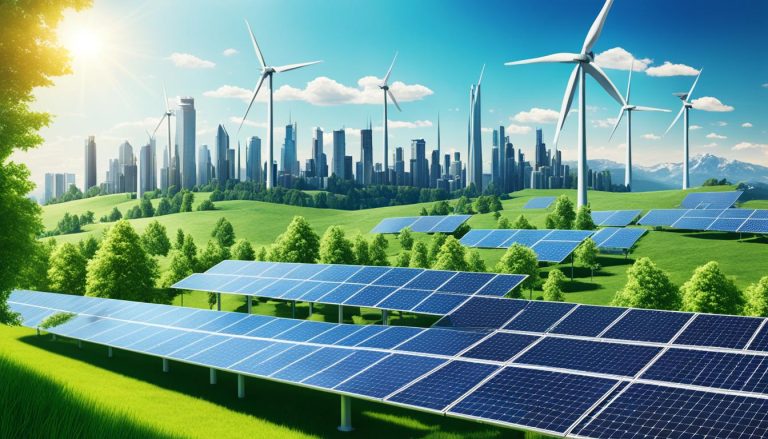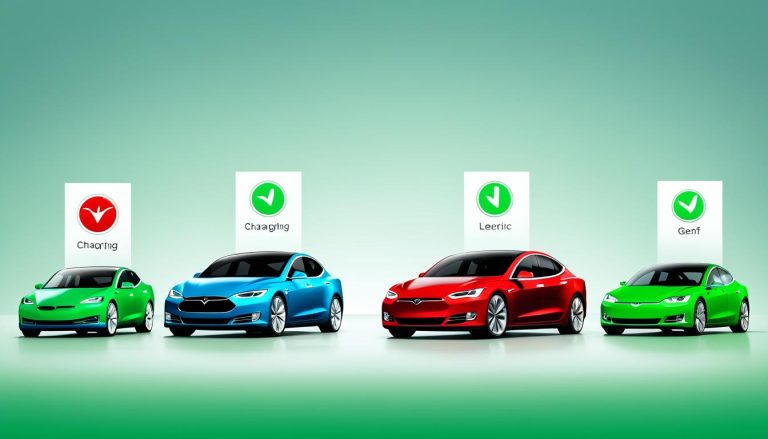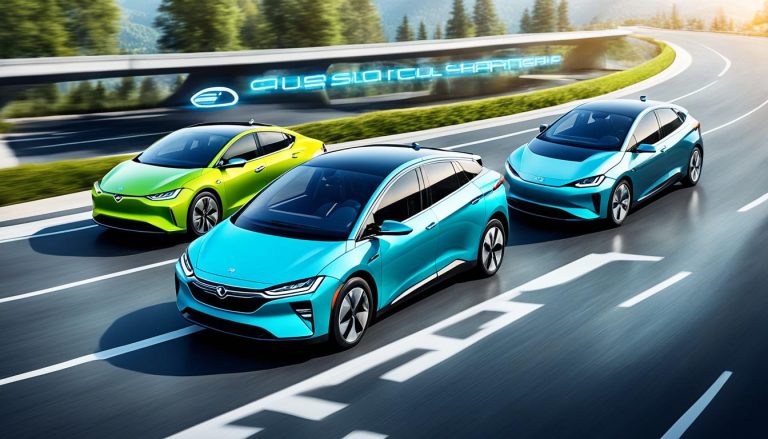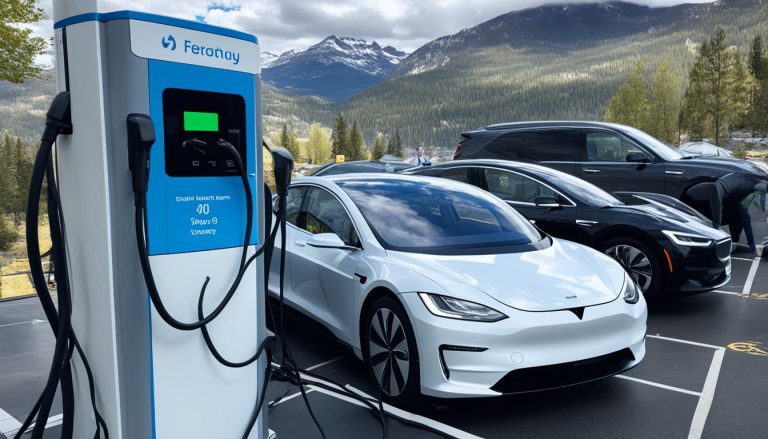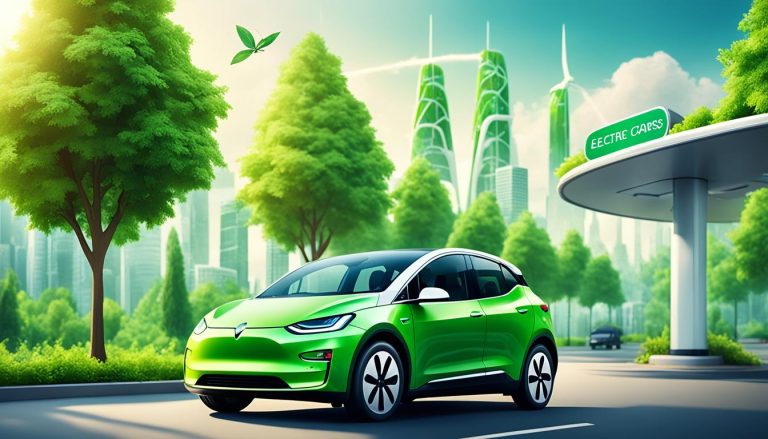How Do Energy Storage Systems Work
In our quest for a greener future, the mechanics of sustainable energy solutions play a pivotal role. One such solution is energy storage systems. These systems have the potential to revolutionize the way we harness and utilize renewable energy sources.
But how exactly do energy storage systems work? In this section, we will explore the inner workings of these systems and how they contribute to a greener future. By understanding the mechanics of energy storage, we can unlock the full potential of sustainable energy solutions.
Stay tuned as we dive into the basics of energy storage systems, uncover the key processes involved, and discuss their integration into the power grid. We will also explore the advancements and future prospects of these systems, uncovering the exciting possibilities that lie ahead.
So join us on this journey of discovery as we unravel the mysteries of energy storage systems and pave the way for a more sustainable and resilient energy future.
Understanding the Basics of Energy Storage Systems
To comprehend the functionality of energy storage systems, it is essential to explore their fundamental concepts. In this section, we will dive into the basics of energy storage systems, including the various storage technologies available.
The Importance of Energy Storage Systems
Energy storage systems play a crucial role in our transition towards a greener future. These systems enable the integration and utilization of renewable energy sources, ensuring a more sustainable and reliable energy supply. By storing excess energy when it is abundant and releasing it when demand is high, energy storage systems help balance the energy grid and reduce dependence on fossil fuels.
Types of Storage Technologies
Energy storage systems utilize a range of storage technologies to store and release energy efficiently. Here are some of the most common types:
- Batteries: Battery storage is widely used in various applications, from small-scale residential systems to utility-scale installations. Lithium-ion batteries, lead-acid batteries, and flow batteries are among the popular choices for energy storage.
- Pumped Hydro: Pumped hydro storage involves using surplus electricity to pump water to an elevated reservoir, which is then released to generate electricity when needed. It is a well-established and highly efficient storage technology.
- Compressed Air: Compressed air energy storage (CAES) systems compress and store air in underground caverns or large tanks. When electricity demand increases, the compressed air is released, powering turbines to generate electricity.
These storage technologies offer different benefits and suit various applications. Understanding their capabilities and limitations helps in selecting the most suitable technology for specific energy storage requirements.
How Energy Storage Systems Work
Energy storage systems store and release electricity through various processes depending on the technology used. While the specifics may vary, the basic principle remains the same:
- Charging: During the charging process, electricity from the grid or renewable energy sources is used to store energy in the storage system. This can be done by charging batteries, pumping water in pumped hydro systems, or compressing air in CAES systems.
- Discharging: When energy is needed, the stored electricity is released from the storage system. This can involve discharging batteries, releasing water from pumped hydro systems to drive turbines, or expanding compressed air to generate electricity.
By efficiently storing and releasing electricity, energy storage systems help maintain a stable and reliable energy supply, contributing to a more sustainable and resilient energy future.
| Storage Technology | Advantages | Disadvantages |
|---|---|---|
| Batteries | – High efficiency – Fast response times – Versatile applications |
– Limited capacity – Environmental concerns – Costly |
| Pumped Hydro | – Large storage capacity – Long discharge durations – Mature technology |
– Site-specific requirements – High upfront costs – Limited availability |
| Compressed Air | – Scalable storage capacity – Well-established technology – Low maintenance |
– Energy losses during compression – Limited geographical suitability – Environmental impacts |
Charging and Discharging: The Key Processes in Energy Storage Systems
When it comes to energy storage systems, charging and discharging are the key processes that enable the efficient storage and release of electricity. Understanding these processes is crucial to comprehending how energy storage systems function.
During the charging process, energy storage systems absorb electricity and store it for future use. This is typically achieved through various storage technologies such as batteries, pumped hydro, and compressed air. Charging allows energy to be stored when the demand is low or when excess renewable energy is available.
Conversely, the discharging process involves the release of stored electricity when it is needed. Discharging enables energy storage systems to supply power to the grid or specific devices during periods of high demand or when renewable energy sources are not generating electricity.
One example of energy storage systems in action is the use of batteries in electric vehicles (EVs). When an EV is charged, the battery stores the electrical energy from the power source. Then, during discharging, the battery releases the stored energy to power the vehicle and enable its operation.
It’s important to note that the charging and discharging processes are dynamic and can occur simultaneously, allowing for a continuous flow of energy in and out of the storage system. This flexibility enables energy storage systems to contribute to grid stability and reliable power supply.
Battery Recharging and Leveling
Batteries, one of the most common forms of energy storage systems, undergo a specific charging process called recharging. During recharging, an electric current is applied to the battery, which causes a chemical reaction that allows the battery to store energy. Different types of batteries have varying charging requirements, and it is essential to follow the manufacturer’s guidelines for optimal performance and longevity.
In addition to recharging, some energy storage systems utilize a process called leveling. Leveling involves the charging and discharging of energy storage systems on a regular basis to balance the energy supply and demand. By charging during low-demand periods and discharging during high-demand periods, leveling helps to stabilize the grid and alleviate stress on the power system.
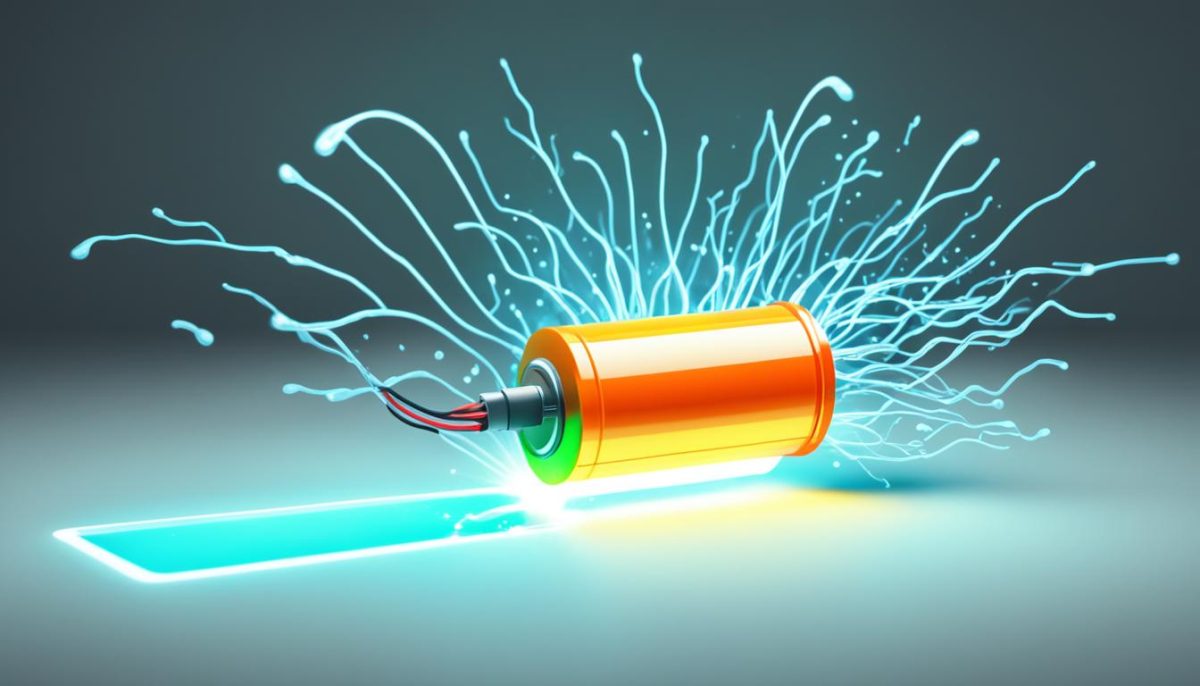
The charging and discharging processes are integral to the operation of energy storage systems and contribute to the overall sustainability of our energy infrastructure. By efficiently storing and releasing electricity, these systems play a vital role in the transition to a greener future and the promotion of sustainable energy solutions.
Integration of Energy Storage Systems into the Power Grid
The integration of energy storage systems into the power grid plays a vital role in transitioning to a sustainable and renewable energy future. By seamlessly incorporating these systems, we can effectively harness the potential of renewable energy sources like wind and solar and enhance the stability of the grid.
Renewable energy sources, such as wind and solar, are intermittent in nature, meaning that their generation fluctuates depending on environmental conditions. This variability poses challenges to the stability of the power grid, which requires a constant balance between electricity supply and demand. Energy storage systems address this issue by providing a means to store excess energy during periods of high generation and release it when needed to meet demand.
Energy storage systems enable the integration of renewable energy into the power grid by acting as a buffer, smoothing out the variability and intermittency of these sources. When renewable energy generation exceeds the demand, the excess electricity is stored in the energy storage systems. Subsequently, during periods of high demand or when renewable energy generation is low, the stored energy is discharged back into the grid, ensuring a stable and reliable power supply.
Moreover, the integration of energy storage systems enhances the stability of the power grid by mitigating the effects of fluctuations in energy supply and demand. By providing a rapid response to sudden changes in electricity generation or consumption, energy storage systems help maintain the grid’s frequency and voltage within acceptable limits. This stability is crucial for ensuring the reliable delivery of electricity to homes, businesses, and industries.
“Energy storage systems play a pivotal role in the integration of renewable energy into the power grid, addressing the variability and stability challenges associated with these sources.”
Furthermore, energy storage systems contribute to the flexibility and resilience of the power grid. They enable the optimization of energy resources, allowing for the efficient utilization of renewable energy and reducing reliance on conventional fossil fuel-based power plants. Additionally, energy storage systems can provide backup power during grid outages or emergencies, ensuring a continuous power supply and safeguarding critical infrastructure.
Benefits of integrating energy storage systems into the power grid:
- Enhanced integration of renewable energy sources
- Improved grid stability and reliability
- Optimized energy resource utilization
- Flexibility and resilience in the face of disruptions
| Benefits | Explanation |
|---|---|
| Enhanced integration of renewable energy sources | Energy storage systems enable the seamless integration of renewable energy into the power grid by mitigating the variability and intermittency associated with these sources. |
| Improved grid stability and reliability | By providing a rapid response to fluctuations in energy supply and demand, energy storage systems enhance the stability and reliability of the power grid. |
| Optimized energy resource utilization | Energy storage systems allow for the efficient utilization of renewable energy, reducing reliance on conventional fossil fuel-based power plants and optimizing the use of sustainable resources. |
| Flexibility and resilience in the face of disruptions | With their ability to provide backup power during grid outages or emergencies, energy storage systems contribute to the flexibility and resilience of the power grid, ensuring a continuous power supply. |
Advancements and Future Prospects of Energy Storage Systems
As we look ahead to the future, the advancements in energy storage systems hold tremendous potential for transforming the way we generate and consume energy. With the increasing demand for sustainable solutions, these advancements are crucial in creating a more environmentally friendly and efficient energy landscape.
One area of advancement is in advanced battery systems. Researchers and manufacturers are continuously developing batteries with higher energy densities, longer lifespans, and faster charging capabilities. These advancements not only benefit electric vehicles but also have significant implications for renewable energy sources like solar and wind. Improved battery technology enables better utilization of intermittent energy sources, allowing for more reliable and stable power supply.
Another promising avenue for energy storage is hydrogen storage. Hydrogen has the potential to be a versatile and clean energy carrier, offering long-duration and large-scale storage capabilities. Advancements in hydrogen storage technologies, such as solid-state hydrogen storage and hydrogen fuel cells, are paving the way for a sustainable energy future. Hydrogen storage systems can store surplus energy during periods of low demand and convert it back into electricity when needed, supporting a more balanced and resilient grid.
The future prospects of energy storage systems are bright. Continued research and development efforts are driving innovations in materials, manufacturing processes, and system design. These advancements will not only enhance the efficiency and reliability of energy storage systems but also bring down their costs, making them more accessible to a wider range of applications.


